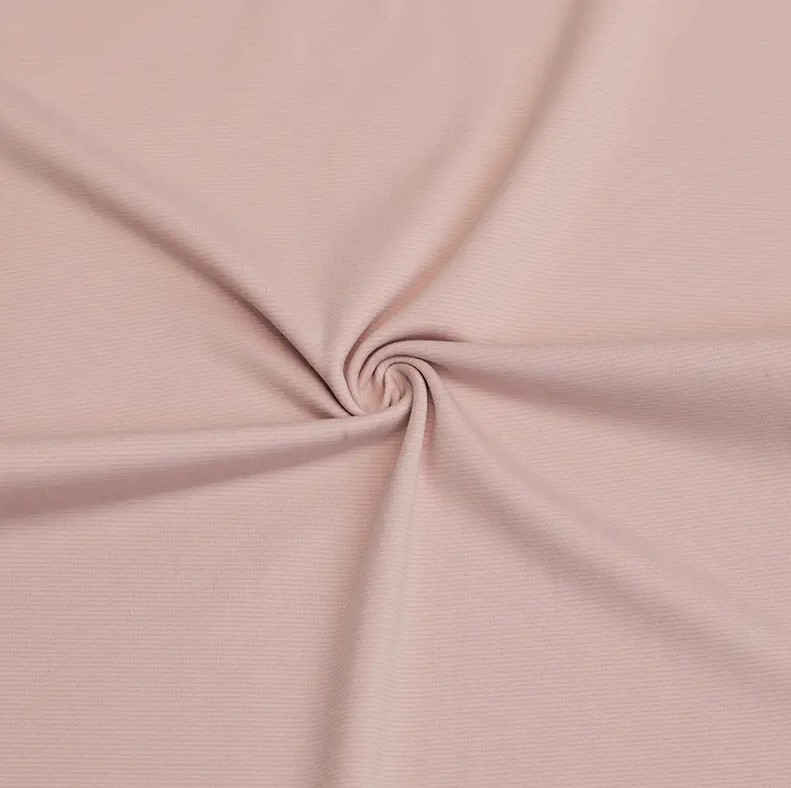2025-10-17
Everyday sportswear, bedding, and even specialized medical products often feature materials claiming to have "antibacterial," "antimicrobial," or "anti-odor" properties. Faced with these widespread claims, consumers are highly concerned about the actual effectiveness and performance of Anti-Bacterial Fabric.
Content
The ability of Anti-Bacterial Fabric to inhibit bacterial growth is primarily due to the antimicrobial agents added or applied to them. These antimicrobial agents work through several core mechanisms:
Common antimicrobial agents include silver ions, copper ions, quaternary ammonium compounds, and natural extracts such as chitin. The antimicrobial performance of fabrics is closely related to the antimicrobial technology used and the content of the antimicrobial agent.
The effectiveness of Anti-Bacterial Fabric depends largely on their application scenario and specific technology.
Qualified Anti-Bacterial Fabric undergo rigorous laboratory testing, typically based on domestic and international standards such as China (GB/T 20944), the United States (AATCC 100), or Japan (JIS L 1902). Test results are expressed as a bacteriostasis rate, for example, against common bacteria such as Staphylococcus aureus and Escherichia coli.
In daily life, the main advantage of Anti-Bacterial Fabric lies in their odor-reducing properties. While sweat itself is odorless, the organic matter in sweat is broken down by bacteria on the skin's surface, producing odor. Anti-Bacterial Fabric effectively prevent and eliminate odor by inhibiting the growth of these odor-causing bacteria, making them particularly suitable for sportswear and underwear.
The antimicrobial properties of Anti-Bacterial Fabric are not permanent. Its biggest challenge lies in durability. With repeated washing, the antimicrobial agent on the fabric's surface gradually dissipates. Therefore, high-quality Anti-Bacterial Fabric utilize more advanced fixing technologies to ensure the antimicrobial ingredients are more firmly bonded to the fibers, maintaining their effective lifespan.
As a functional textile, Anti-Bacterial Fabric are effective in inhibiting bacterial growth and providing odor control. However, consumers should approach them with caution, understand their working principles and the limitations of their durability, and choose high-quality, certified fabrics to truly enjoy the health and comfort brought by this technology.

Contact Us for More Details
Don't hesitate to contact when you need us!